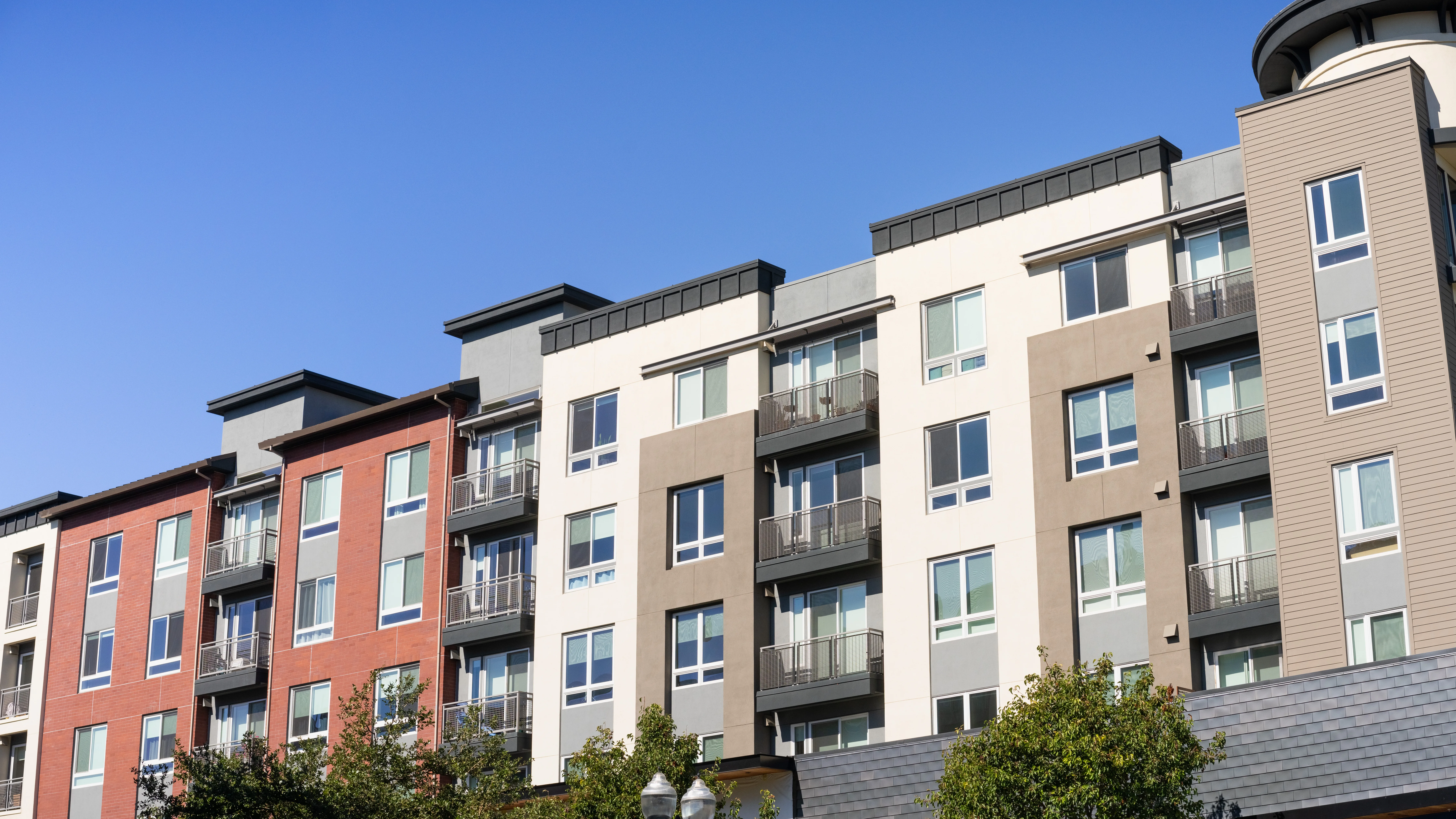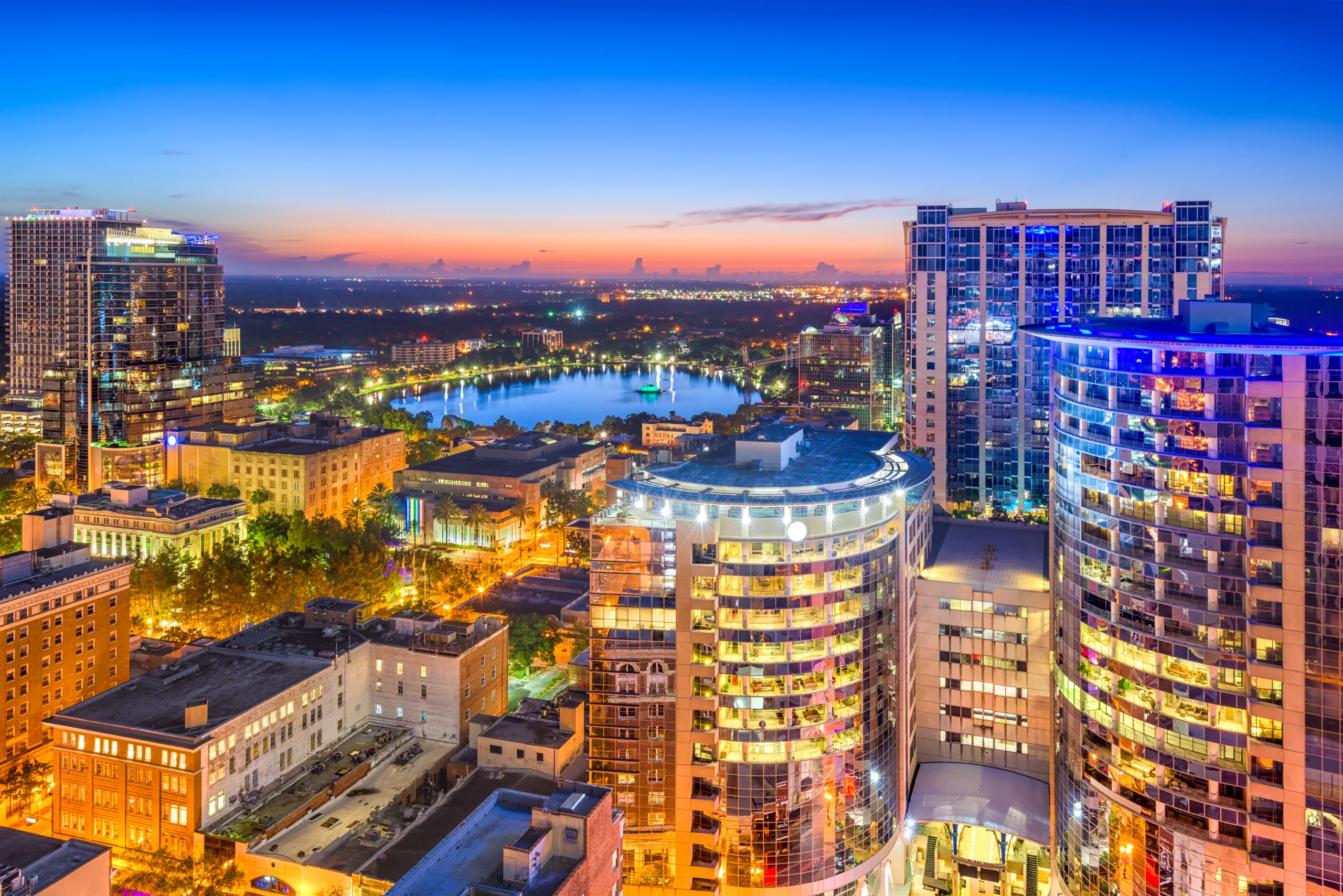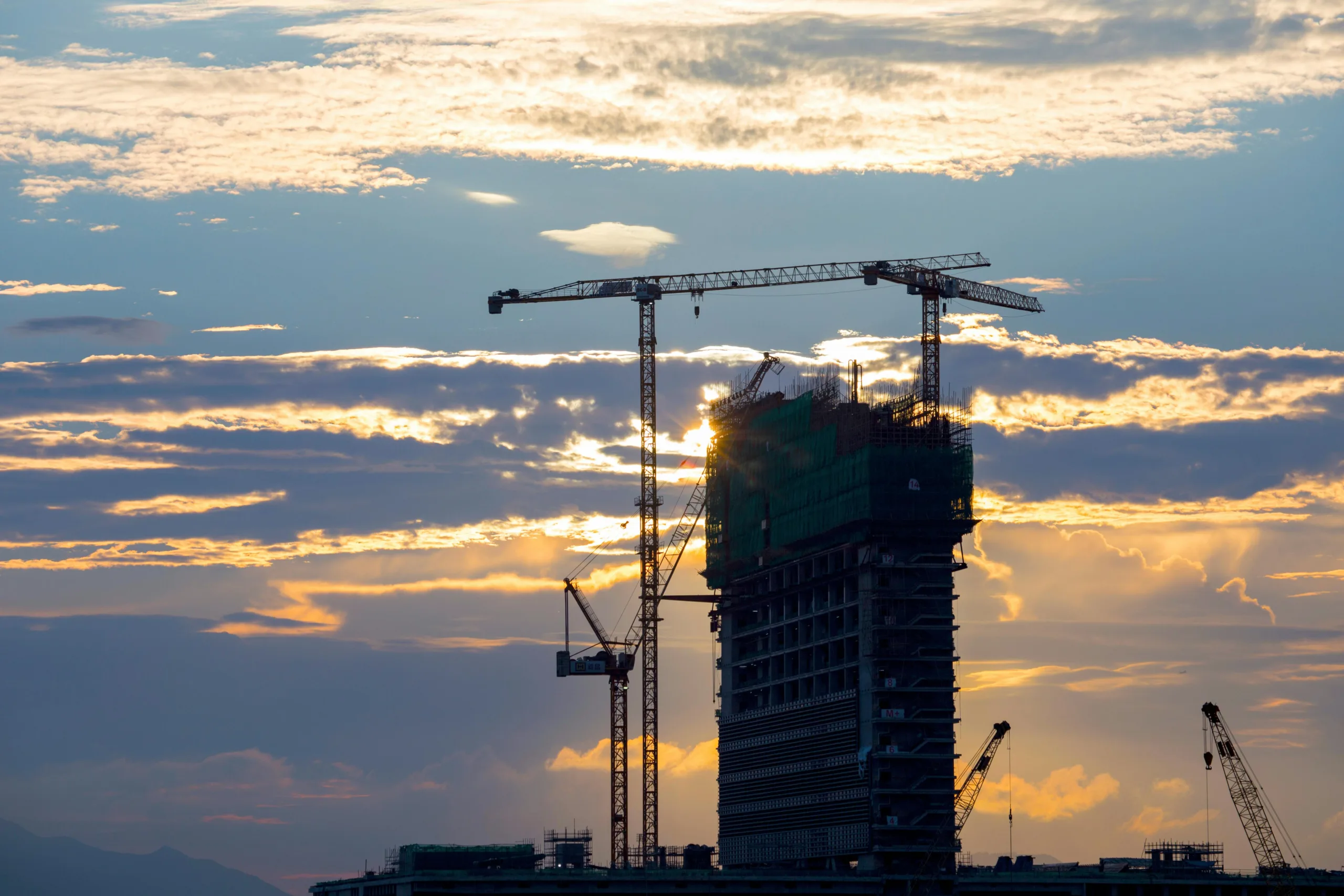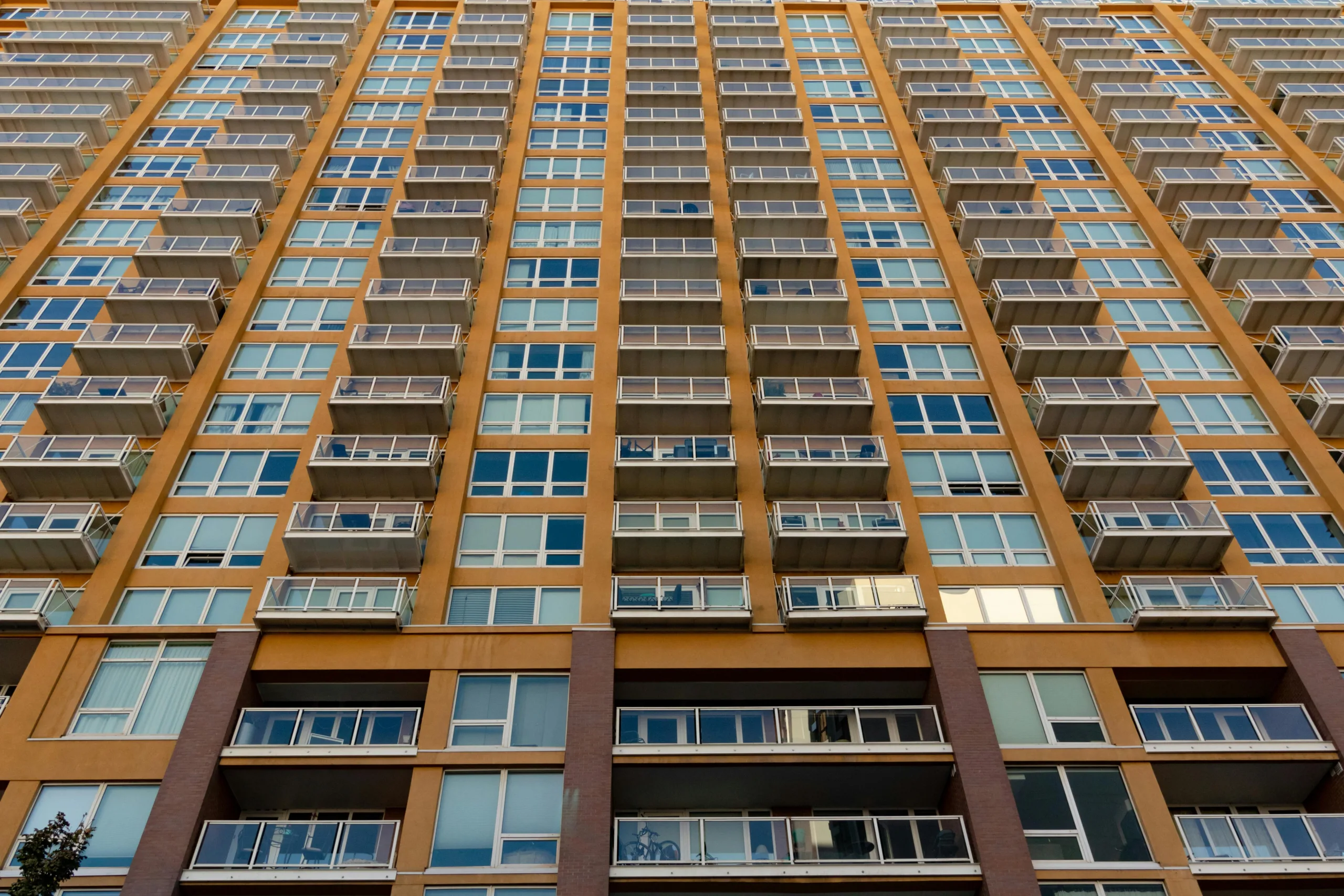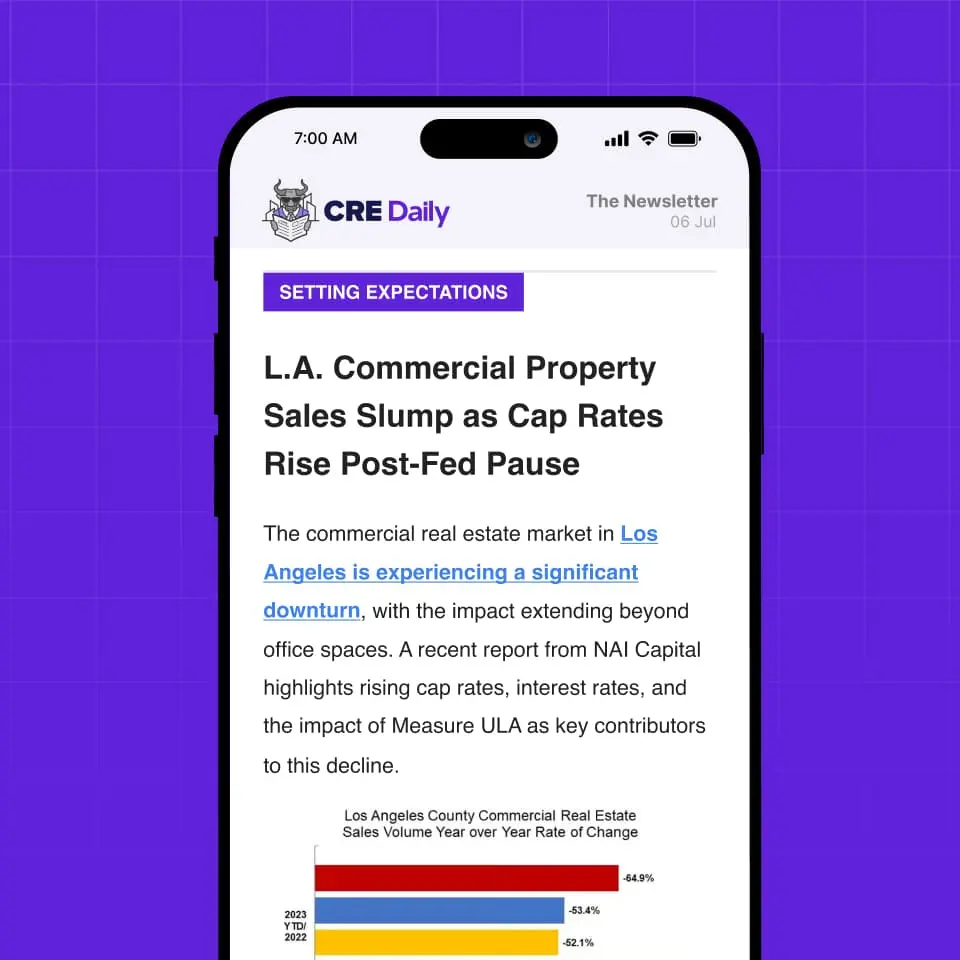- New tariffs and immigration policies are raising construction costs and limiting development in commercial real estate (CRE).
- Multifamily and retail construction starts have dropped sharply. Office and industrial pipelines are also shrinking.
- Tighter supply could reduce vacancies and drive rent growth, creating openings for investors.
Policy Pressures Mount
GlobeSt reports that new federal tariffs and immigration rules are adding stress to the CRE sector. John Chang, Chief Intelligence Officer at Marcus & Millichap, said these policies are squeezing material supplies, labor availability, and overall construction costs—three key drivers of new development.
Material Costs Surge
As of August 1, tariffs on steel and aluminum have reached 50%. Copper imports now face the same rate. The US imports over half of its copper and aluminum, and about a quarter of its steel.
The administration is also reviewing a plan to increase tariffs on Canadian softwood lumber from 15% to 27%. This move could hit garden-style multifamily projects especially hard.
Get Smarter about what matters in CRE
Stay ahead of trends in commercial real estate with CRE Daily – the free newsletter delivering everything you need to start your day in just 5-minutes
Labor Supply Shrinks
Stricter immigration enforcement is also shrinking the construction labor pool. Roughly 34% of construction workers in the US are foreign-born. Specialized trades like drywall, flooring, and painting rely heavily on immigrant labor.
Chang noted that since 2020, construction labor costs have jumped 27% to nearly $40 per hour. He expects this trend to continue under the new policies.
Development Slows Across Sectors
Rising construction costs are already impacting new projects:
- Multifamily: Apartment starts have dropped 77% since their 2022 peak. Units under construction are down 51%.
- Retail: Only 28M SF will be delivered in 2025. Construction spending has fallen 28% since Q3 2023.
- Office: Developers plan to deliver 54M SF this year, mostly in build-to-suit projects.
- Industrial: Construction spending has dropped 35% since mid-2023, though 250M SF is still expected this year.
Investor Outlook
As new supply shrinks, demand could outpace availability in many markets. That would lower vacancy rates and push rents higher. Chang sees this trend creating strategic openings for investors who act early.
Why It Matters
Tariffs and labor shortages are reshaping CRE development. Rising costs and fewer projects may limit future supply, especially in already tight markets. For investors, the resulting rent growth and reduced competition could offer a new edge.
